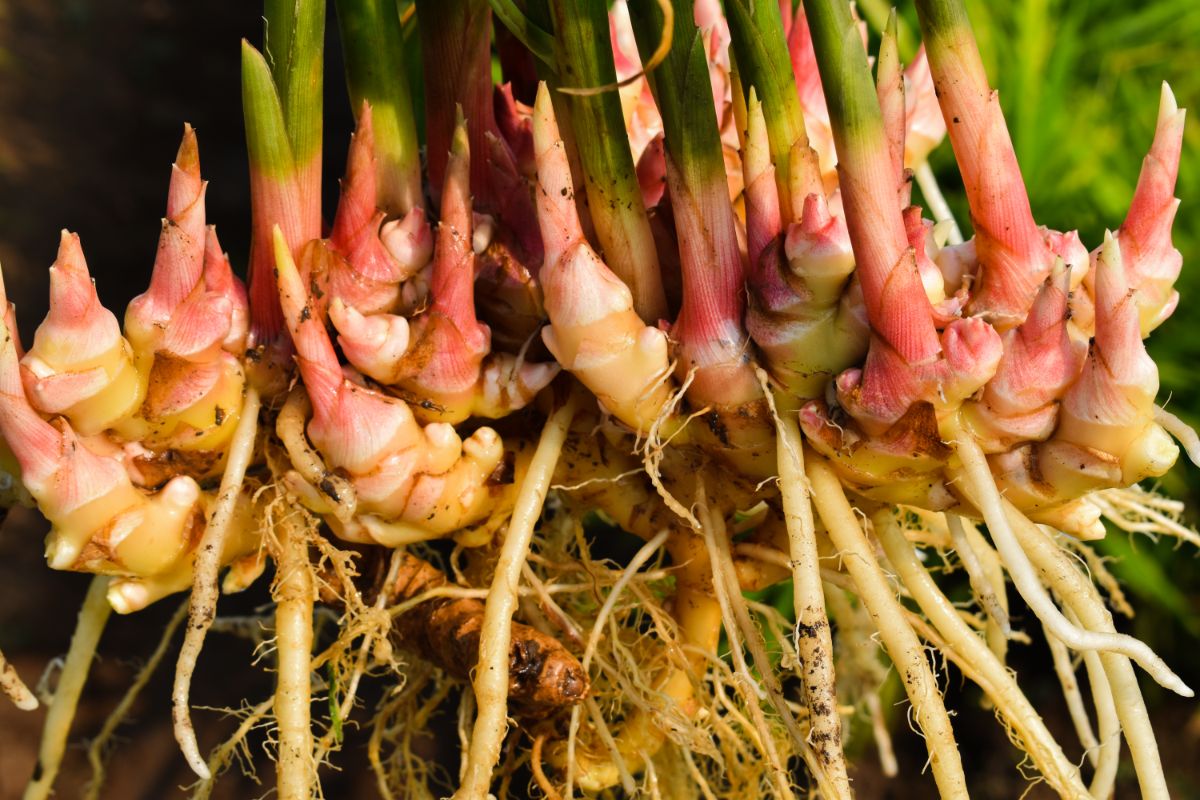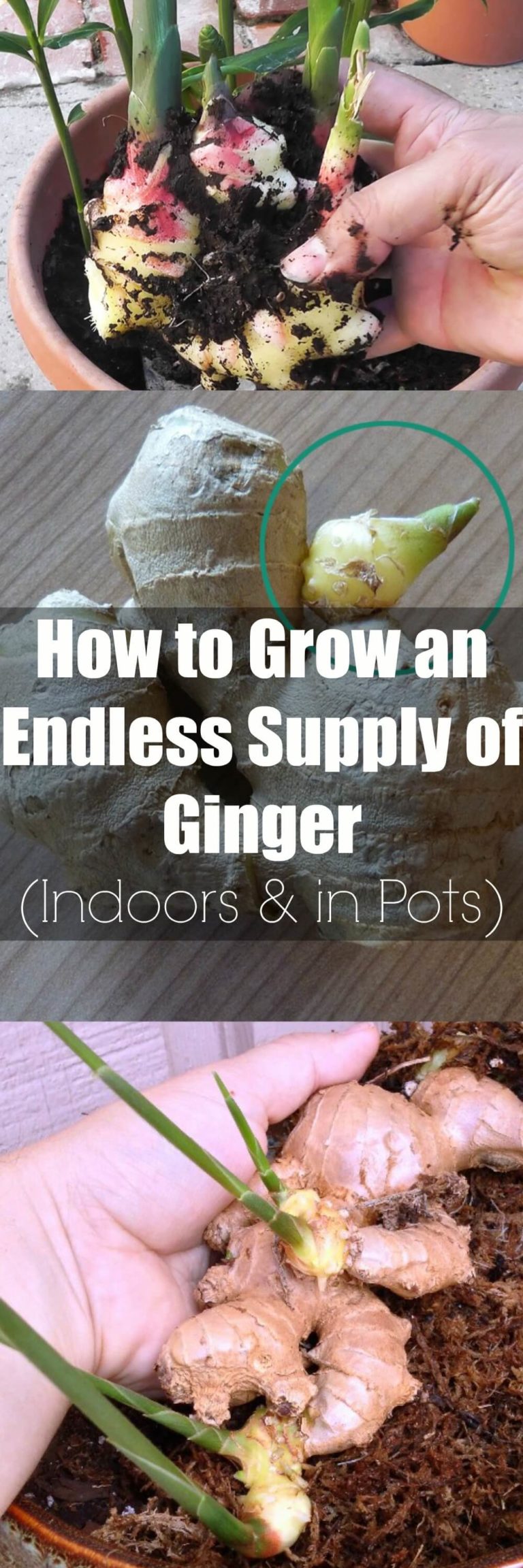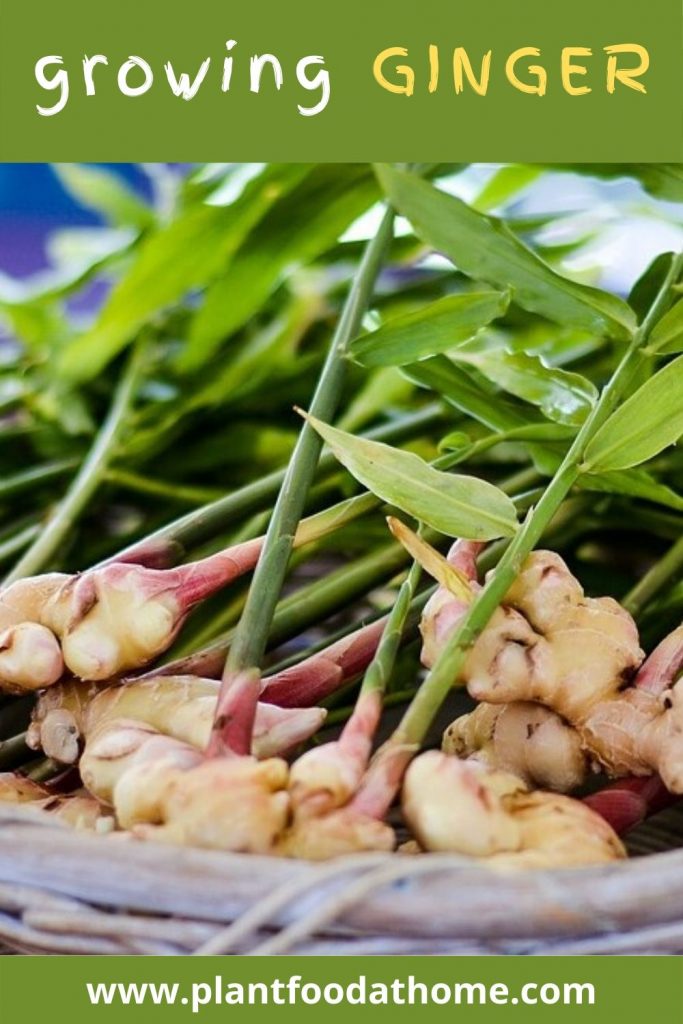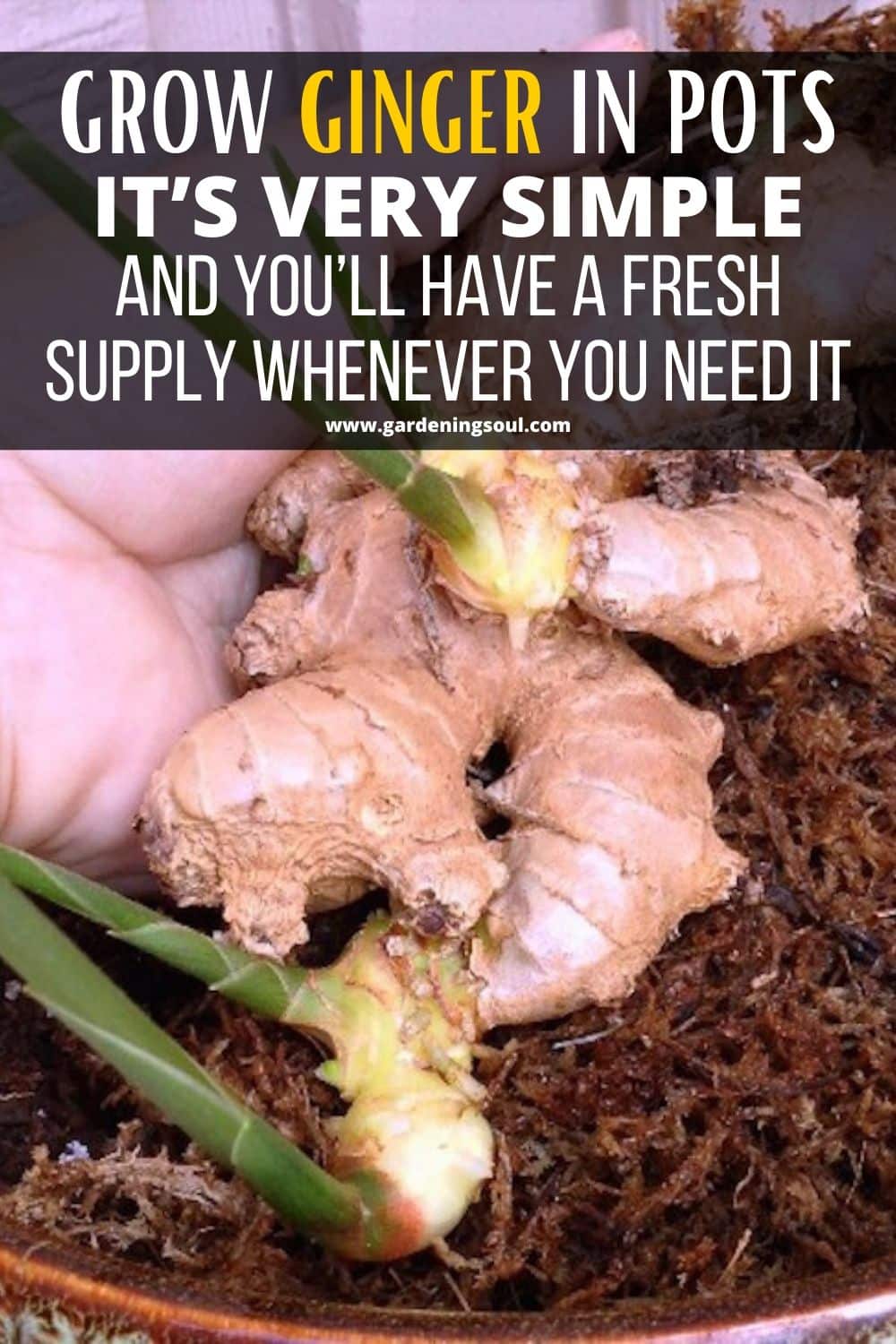Preparing the Perfect Potting Mix for Ginger
When it comes to growing ginger in pots, using a well-draining potting mix is crucial for healthy growth. Ginger is a tropical plant that thrives in moist, yet well-draining soil. A potting mix specifically designed for tropical plants like ginger will help to prevent waterlogged soil and root rot.
To create your own potting mix for ginger, you’ll need a combination of ingredients that provide good drainage and aeration. Peat moss, perlite, and vermiculite are excellent ingredients to include in your mix. Peat moss helps to retain moisture, while perlite and vermiculite improve drainage and aeration.
A good starting point for a homemade potting mix is to combine 2 parts peat moss with 1 part perlite and 1 part vermiculite. You can also add a small amount of compost or worm casting to provide nutrients for your ginger plant. Avoid using regular potting soil, as it can compact and prevent proper drainage.
When selecting a pre-made potting mix, look for products that are specifically designed for tropical plants or orchids. These mixes will typically contain the right balance of ingredients to provide good drainage and aeration for your ginger plant.
By using a well-draining potting mix, you’ll be able to provide your ginger plant with the right conditions for healthy growth. This is especially important when learning how to grow ginger in pots, as it will help to prevent common problems like root rot and waterlogged soil.
How to Plant Ginger in a Container for Optimal Growth
Planting ginger in a container is a straightforward process that requires some basic knowledge and attention to detail. To ensure optimal growth, it’s essential to choose a container with good drainage and plant the rhizome at the right depth.
When selecting a container, look for one that is at least 6-8 inches deep and has drainage holes in the bottom. This will help to prevent waterlogged soil and root rot. You can use a plastic or clay pot, but make sure it’s clean and sterile before planting.
To plant the ginger rhizome, start by filling the container with a well-draining potting mix. Plant the rhizome 2-3 inches deep, with the “eyes” or buds facing upwards. Cover the rhizome with a thin layer of potting mix and water thoroughly.
It’s essential to handle the ginger rhizome carefully to avoid damaging it. When planting, gently place the rhizome in the potting mix, making sure not to touch the “eyes” or buds. Water the soil gently but thoroughly, making sure the potting mix is moist but not waterlogged.
After planting, place the container in a warm and humid location, such as a greenhouse or indoor space with bright, indirect light. Keep the soil consistently moist but not waterlogged, and fertilize regularly to promote healthy growth.
By following these simple steps, you can successfully plant ginger in a container and enjoy a bountiful harvest of fresh, delicious ginger. When learning how to grow ginger in pots, it’s essential to pay attention to the details, such as choosing the right container and planting the rhizome at the right depth.
Providing the Right Conditions for Ginger to Thrive
Ginger is a tropical plant that requires specific conditions to thrive. When learning how to grow ginger in pots, it’s essential to provide the right amount of light, temperature, and humidity. Ginger prefers bright, indirect light, but direct sunlight can cause the leaves to become scorched.
In terms of temperature, ginger prefers warm temperatures between 75°F to 85°F (24°C to 30°C). Avoid placing the pot in areas with drafts or extreme temperatures. Humidity is also crucial for ginger, and a humid microclimate can be created by placing the pot on a tray filled with water and pebbles.
To create a warm and humid microclimate in your home or outdoor space, you can use a few simple techniques. For indoor spaces, place the pot near a sunny window or use grow lights to provide the necessary light. You can also use a humidifier to maintain a humid environment.
For outdoor spaces, choose a location that receives partial shade to full sun, depending on the climate. In warmer climates, provide shade for the pot during the hottest part of the day. You can also use a greenhouse or cold frame to create a warm and humid microclimate.
By providing the right conditions for ginger, you can promote healthy growth and maximize yields. Remember to monitor the temperature, humidity, and light levels to ensure optimal conditions for your ginger plant.
When growing ginger in pots, it’s also essential to maintain good air circulation to prevent fungal diseases. Keep the pot at least 6-8 inches away from any walls or surfaces to ensure good air circulation.
Fertilizing and Pruning Ginger for Maximum Yield
Fertilizing and pruning are crucial steps in growing ginger in pots. When learning how to grow ginger in pots, it’s essential to understand the best practices for fertilizing and pruning to maximize yields and promote healthy growth.
Ginger is a heavy feeder and requires regular fertilization to promote healthy growth. Use a balanced fertilizer that is high in phosphorus, such as 10-20-10, to promote root growth and development. Apply the fertilizer once a month, following the manufacturer’s instructions.
In addition to fertilizing, pruning is also essential to promote bushy growth and prevent the plant from becoming leggy. Prune the ginger plant regularly, removing any dead or dying leaves or stems. This will help to promote healthy growth and prevent the spread of disease.
When pruning, use clean and sharp tools to prevent spreading disease. Remove any weak or spindly growth, and cut back the stems to encourage bushy growth. Prune the plant in the spring and summer months, when it is actively growing.
By fertilizing and pruning regularly, you can promote healthy growth and maximize yields when growing ginger in pots. Remember to monitor the plant’s growth and adjust your fertilizing and pruning schedule as needed.
Some other tips to keep in mind when fertilizing and pruning ginger include using organic fertilizers, such as compost or manure tea, and pruning the plant in the morning, when the plant is at its highest water content.
Common Pests and Diseases that Affect Ginger in Containers
Ginger grown in pots can be susceptible to various pests and diseases, including spider mites, mealybugs, and root rot. These issues can be prevented and treated using organic and integrated pest management methods.
Spider mites are tiny, spider-like insects that feed on the sap of ginger plants. They can cause yellowing or bronzing of the leaves and fine webbing on the stems. To prevent spider mites, ensure good air circulation around the plant and avoid overwatering.
Mealybugs are small, white, cottony insects that feed on the sap of ginger plants. They can cause stunted growth and yellowing of the leaves. To prevent mealybugs, inspect the plant regularly and remove any infested areas.
Root rot is a common disease that affects ginger plants grown in pots. It is caused by overwatering and poor drainage. To prevent root rot, ensure good drainage in the pot and avoid overwatering.
To treat pests and diseases, use organic methods such as neem oil, insecticidal soap, and horticultural oil. These methods are safe for the environment and can be used to control a wide range of pests and diseases.
Integrated pest management (IPM) is a holistic approach to managing pests and diseases. It involves using a combination of methods, including cultural, biological, and chemical controls, to manage pests and diseases.
When growing ginger in pots, it’s essential to monitor the plant regularly for signs of pests and diseases. Early detection and treatment can help prevent the spread of disease and reduce the risk of pest infestations.
Harvesting and Storing Homegrown Ginger
Harvesting ginger at the right time is crucial to ensure the best flavor and texture. When growing ginger in pots, it’s essential to check for maturity regularly to avoid over-maturity, which can lead to a decrease in quality.
To check for maturity, gently dig around the rhizome with your fingers or a fork, being careful not to damage the roots. If the rhizome is firm and has a sweet, spicy aroma, it’s ready to harvest.
When harvesting, carefully dig up the entire rhizome, taking care not to damage the roots. Trim the leaves and stems to about an inch above the rhizome, and wash the rhizome gently with water to remove any dirt or debris.
To store fresh ginger, wrap the rhizome in a paper towel or cloth, and place it in a plastic bag or airtight container. Store the ginger in the refrigerator to keep it fresh for up to 2 weeks.
For longer-term storage, ginger can be frozen or dried. To freeze, slice the ginger thinly and place it in an airtight container or freezer bag. Frozen ginger can be stored for up to 6 months.
To dry, slice the ginger thinly and place it in a single layer on a baking sheet. Dry the ginger in a low-temperature oven (150°F – 200°F) for 1-2 hours, or until it reaches the desired level of dryness. Dried ginger can be stored for up to 6 months in an airtight container.
By following these steps, you can enjoy your homegrown ginger for a longer period and make the most of your harvest. When learning how to grow ginger in pots, it’s essential to understand the best practices for harvesting and storing to ensure the best flavor and texture.
Troubleshooting Common Issues with Growing Ginger in Pots
When growing ginger in pots, several common issues may arise that can affect the health and productivity of the plant. By understanding the causes of these issues and taking corrective action, you can overcome these challenges and enjoy a successful harvest.
One common issue that may arise is slow growth. This can be caused by a lack of light, inadequate fertilization, or poor soil quality. To address this issue, ensure that the plant is receiving sufficient light, fertilize regularly, and repot the plant in fresh, well-draining soil.
Yellowing leaves are another common issue that may arise when growing ginger in pots. This can be caused by overwatering, underwatering, or exposure to extreme temperatures. To address this issue, adjust the watering schedule, ensure that the plant is receiving sufficient light, and protect the plant from extreme temperatures.
Pests are also a common issue that may arise when growing ginger in pots. Spider mites, mealybugs, and aphids are common pests that can infest ginger plants. To address this issue, use organic pest control methods such as neem oil, insecticidal soap, or horticultural oil.
By understanding the causes of these common issues and taking corrective action, you can overcome these challenges and enjoy a successful harvest when growing ginger in pots. Remember to monitor the plant regularly, adjust the growing conditions as needed, and take action promptly to address any issues that may arise.
When learning how to grow ginger in pots, it’s essential to be aware of these common issues and take steps to prevent them. By following these tips and troubleshooting common issues, you can enjoy a successful harvest and make the most of your ginger plant.
Troubleshooting Common Issues with Growing Ginger in Pots
When growing ginger in pots, several common issues may arise that can affect the health and productivity of the plant. By understanding the causes of these issues and taking corrective action, you can overcome these challenges and enjoy a successful harvest.
One common issue that may arise is slow growth. This can be caused by a lack of light, inadequate fertilization, or poor soil quality. To address this issue, ensure that the plant is receiving sufficient light, fertilize regularly, and repot the plant in fresh, well-draining soil.
Yellowing leaves are another common issue that may arise when growing ginger in pots. This can be caused by overwatering, underwatering, or exposure to extreme temperatures. To address this issue, adjust the watering schedule, ensure that the plant is receiving sufficient light, and protect the plant from extreme temperatures.
Pests are also a common issue that may arise when growing ginger in pots. Spider mites, mealybugs, and aphids are common pests that can infest ginger plants. To address this issue, use organic pest control methods such as neem oil, insecticidal soap, or horticultural oil.
By understanding the causes of these common issues and taking corrective action, you can overcome these challenges and enjoy a successful harvest when growing ginger in pots. Remember to monitor the plant regularly, adjust the growing conditions as needed, and take action promptly to address any issues that may arise.
When learning how to grow ginger in pots, it’s essential to be aware of these common issues and take steps to prevent them. By following these tips and troubleshooting common issues, you can enjoy a successful harvest and make the most of your ginger plant.









